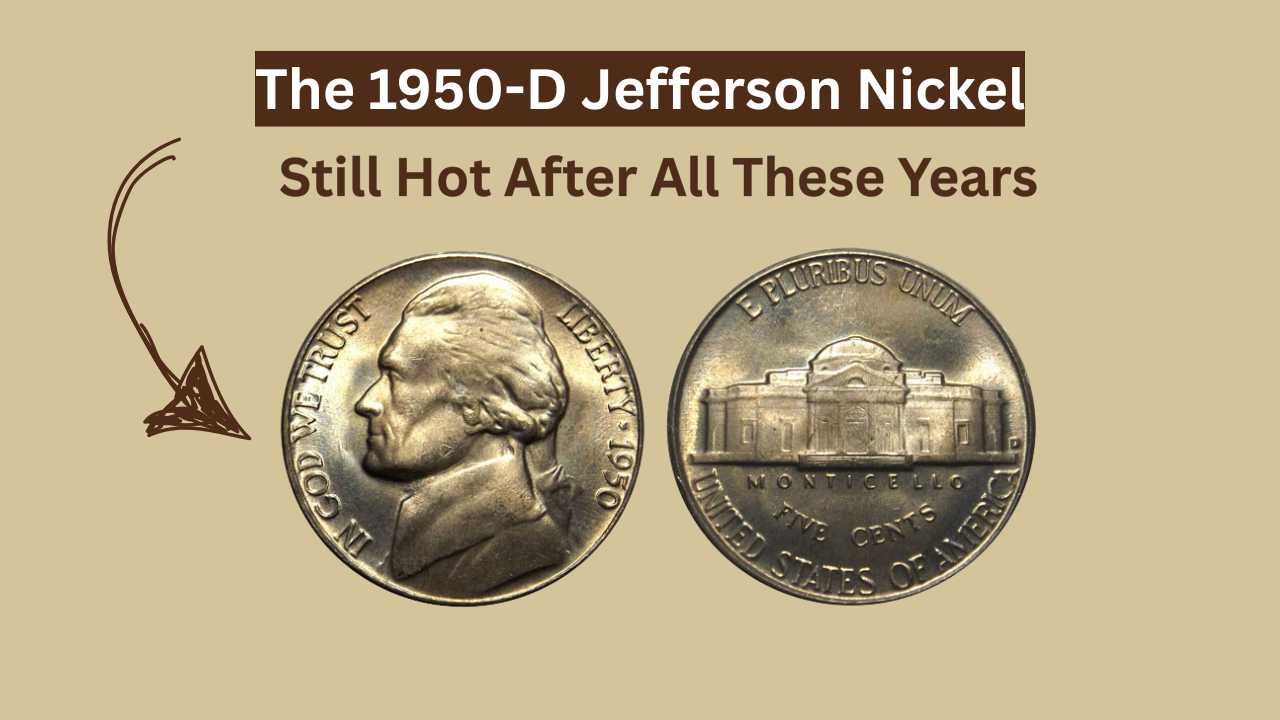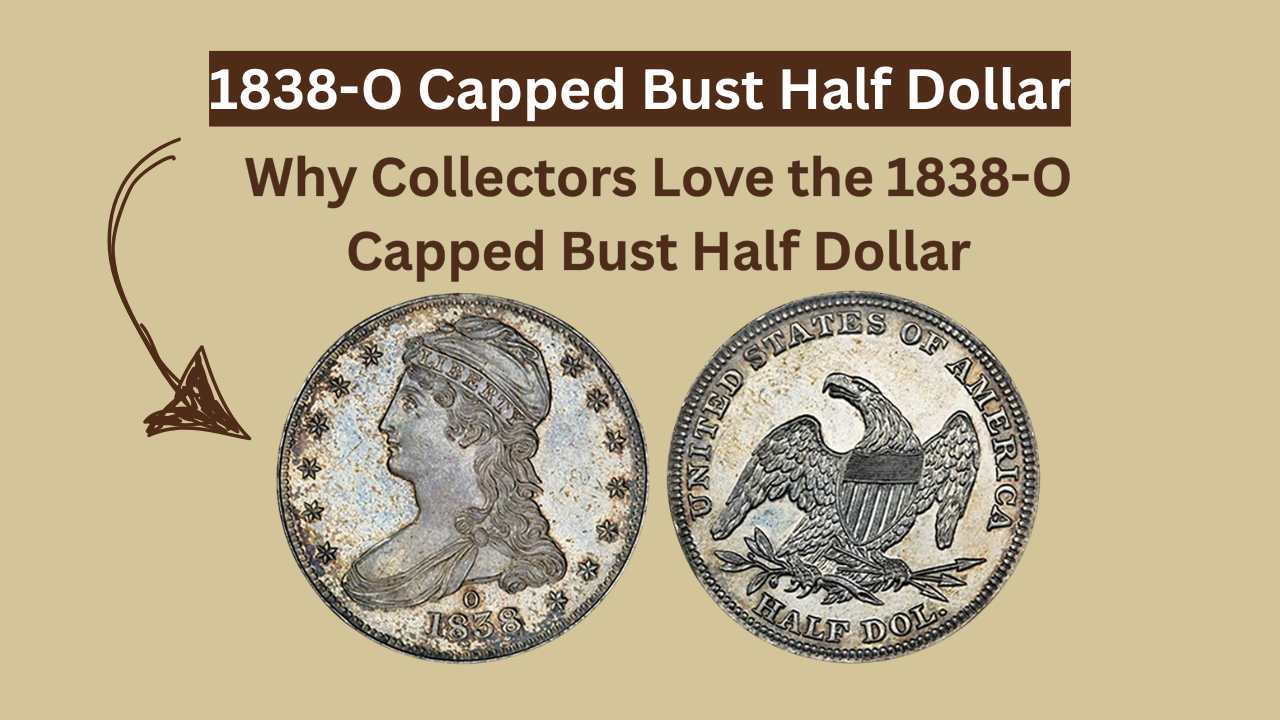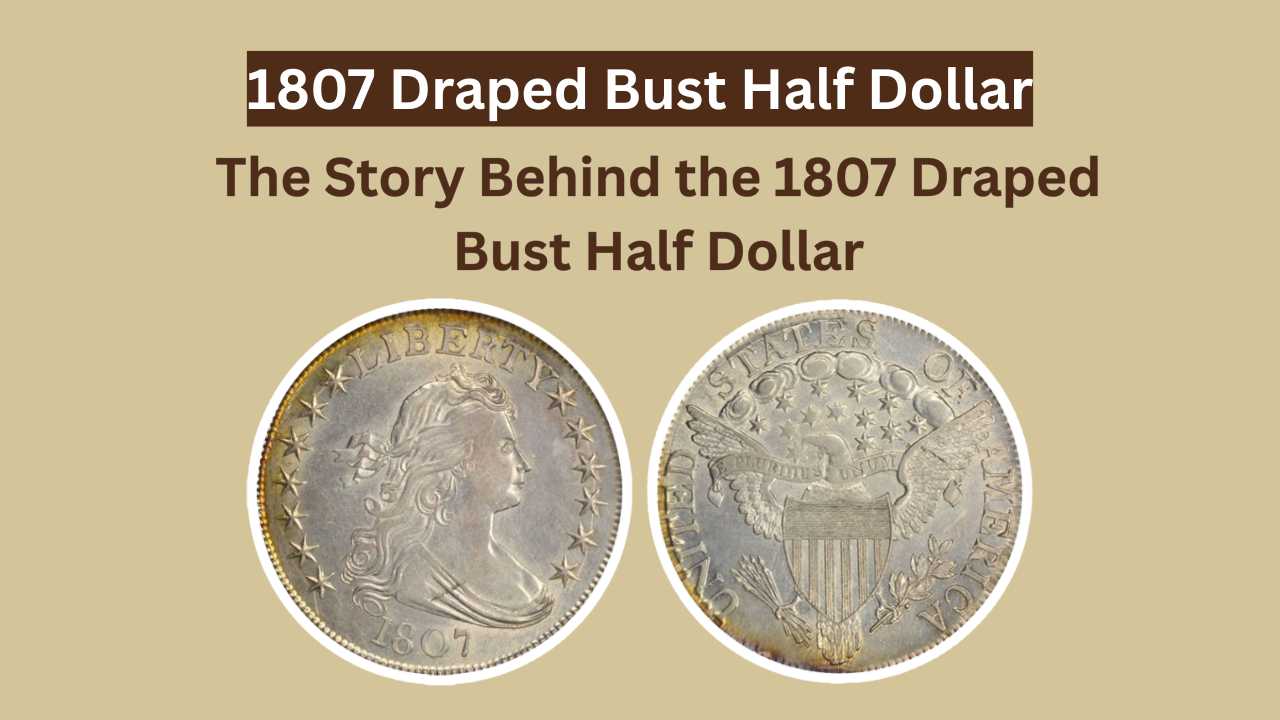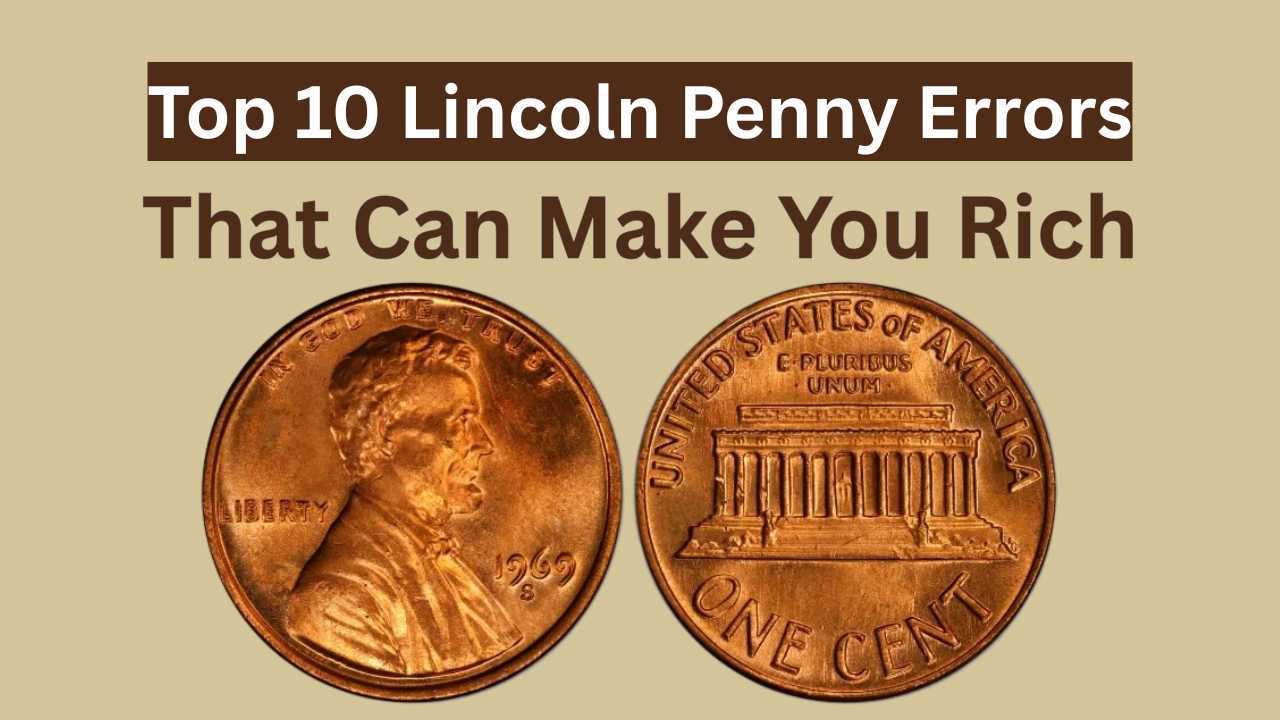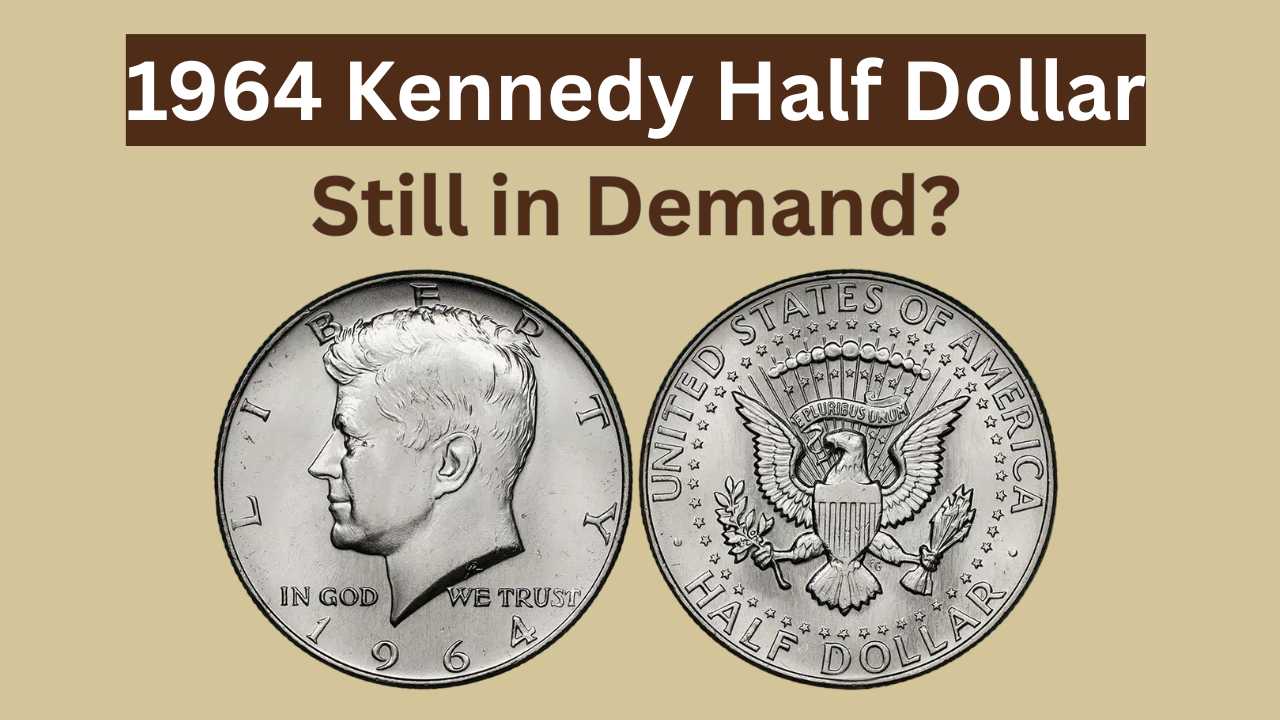
So, you’ve caught the coin collecting bug. Maybe it started with a shiny quarter, a silver dollar from Grandpa, or a random YouTube video showing off rare coins worth thousands. However it began, welcome to a world that’s part history, part treasure hunt, and totally addictive. But here’s the deal: most new collectors fall into the same traps—and these mistakes can cost them money, time, and sometimes even rare coins.
Let’s expose the most common blunders beginners make when diving into numismatics, and more importantly, let’s arm you with the insight to dodge them like a pro. Whether you’re collecting for fun, passion, or investment, this guide will help you protect your wallet—and your collection—from rookie regrets.
1. Ignoring Coin Grading: The Silent Killer of Value
Ask any seasoned numismatist and they’ll tell you: grading is everything. Yet new collectors often skip this step, assuming a coin’s shine means it’s valuable. Big mistake. Coin grading isn’t about shininess—it’s about condition, rarity, and tiny details that only experts spot. If you buy or sell coins without knowing the grade—or worse, trusting a seller without verification—you’re playing with fire.
The difference between an MS63 and MS65 coin can mean hundreds or thousands of dollars, especially for popular issues like Morgan Dollars or Silver Eagles. Get familiar with the Sheldon Grading Scale, and don’t hesitate to use third-party services like PCGS or NGC to get your coins professionally graded. It’s the single smartest move you can make early in your coin collecting journey.
2. Cleaning Coins: The Ultimate Newbie Mistake
Let’s make this painfully clear: never, ever clean your coins. It seems harmless, even helpful—after all, don’t shiny coins look better? But in the numismatic world, cleaning is like slashing a Picasso with a kitchen knife. It destroys original surfaces, reduces market value, and leaves visible marks that even casual collectors can spot. Ironically, cleaning a rare coin can turn a $500 piece into a $5 one.
Collectors and grading services prize natural toning, original luster, and surface integrity. If a coin looks dull or dirty, leave it. The dirt may be historical, and the natural look is often worth far more than an artificial shine. Don’t let your desire for sparkle sabotage your investment.
3. Buying Without Research: Welcome to the Shark Tank
Coin collecting is a hobby, yes—but it’s also a market, and like any market, there are sharks swimming below the surface. New collectors often jump into eBay or random flea markets without understanding what they’re buying. And sadly, many get burned with fakes, overpriced junk, or coins that will never appreciate in value.
Before you spend a single dollar, do your homework. Research the coin’s historical context, mintage numbers, average sale prices, and popularity among collectors. Use price guides, auction records, and forums like CoinTalk or the PCGS community to gain insight. The more you know, the less likely you’ll fall for polished hype or fake treasures.
4. Falling for “TV Dealer” Hype and Gimmick Coins
You’ve probably seen them—TV ads hawking “limited edition, gold-plated state quarters” for $29.95. Spoiler alert: those coins are rarely worth more than pocket change. Many beginner collectors fall into the trap of buying coins from infomercial-style sellers that promote modern gimmicks as if they’re rare artifacts.
The truth? These coins are often mass-produced, overpriced, and have little to no resale value. Stick to reputable dealers, focus on historically significant coins or certified numismatic pieces, and don’t confuse flashy packaging for genuine rarity. If it sounds too good to be true, it probably is.
5. Neglecting Coin Storage: Where Value Quietly Dies
Improper coin storage is a silent destroyer of value. New collectors often stash coins in drawers, paper envelopes, or PVC plastic flips—not realizing these materials can cause irreversible damage. Exposure to air, humidity, and certain plastics can lead to corrosion, toning, and even green slime (called “PVC damage”).
Use acid-free holders, Mylar flips, coin albums, or airtight capsules. Store your collection in a cool, dry place. It’s not glamorous, but it’s essential. One careless storage choice can ruin years of collecting efforts and turn investment-grade coins into damaged duds.
6. Overlooking Modern Coins: The Missed Opportunity
Some collectors only chase old coins—thinking age always equals value. But here’s the plot twist: modern coins, especially in high grades, are exploding in popularity and value. Proof Silver Eagles, West Point quarters, and certain error coins minted in the 2000s are now hot collectibles.
Graded MS70 or PR70 modern coins are often limited in quantity and can command major premiums on the market, especially when slabbed by PCGS or NGC. Don’t ignore modern issues. In fact, buying the right modern coin early can be one of the smartest, most affordable entries into long-term value growth.
7. Collecting Without a Plan: The Directionless Drift
Here’s something many new collectors learn too late: random collecting rarely builds meaningful value. If you buy every coin that catches your eye without a theme or goal, you end up with a scattered, unfocused pile. It may be fun short-term, but it won’t hold long-term value or market appeal.
Instead, pick a niche or series: Morgan dollars, Indian Head cents, Silver Eagles, proof sets, ancient coins—whatever fascinates you. Collect with purpose. Building a complete set (like a full year set of Mercury dimes in high grade) is more valuable and satisfying than owning 50 random coins.
8. Ignoring Coin Shows and Networking Opportunities
Many beginners treat coin collecting as a solo mission—but it doesn’t have to be. Coin shows, local clubs, and numismatic expos are goldmines of information, mentorship, and deals you won’t find online. By avoiding these real-world events, new collectors miss out on growth, insights, and relationships that can supercharge their hobby.
Don’t be shy. Join a local coin club. Walk the aisles at a regional show. Strike up conversations with dealers and collectors. You’ll not only find rare pieces at fair prices, but you’ll gain priceless knowledge that books and websites can’t always offer.
9. Trusting Every Seller (Without Verification)
The internet has made coin collecting more accessible—but it’s also created a Wild West of shady sellers. Newbies often buy coins based on attractive photos and vague claims. “Unsearched rolls,” “estate find,” “ultra rare,” and “Mint State (uncertified)” are all red flags if not backed by proper grading or authentication.
Always buy from reputable sources, look for certification (PCGS, NGC), and verify seller ratings. If you’re unsure, post photos on collector forums before purchasing. Crowdsourcing advice can save you from costly mistakes and teach you how to spot fake or misrepresented coins early.
10. Forgetting to Enjoy the Journey
Amid the value tracking, grading scales, and investment talk, it’s easy to forget the real reason you started: the thrill of discovery. Don’t let perfectionism or FOMO ruin the joy of finding that first wheat penny or getting your hands on a toned silver dollar. This is a hobby rooted in stories, history, beauty, and passion.
Yes, mistakes will happen. You might overpay, miss a good deal, or clean a coin before you knew better. That’s okay. Every collector starts somewhere. What matters is that you learn, grow, and keep exploring this fascinating world. Your collection is a reflection of your curiosity—and that alone is priceless.
Want to go deeper? Check out our next post: “Beginner’s Guide to Building a $10,000 Coin Collection (Even on a Budget)” — packed with real coin picks, prices, and step-by-step collecting strategy.
#CoinCollectingTips #NewCollectorsMistakes #AvoidCoinScams #NumismaticBeginnerGuide #RareCoins #PCGS #NGC #CoinStorage #CoinGrading #CollectWithPurpose


